Steam Library: Endless Space 2

The original Endless Space was “lucky” to come out roughly in the same time window as a whole bunch of other global space strategies. In my particular case, luck struck twice; not only did the competition flood the market, but they also managed to divert your humble servant away from the topic itself. Endless Space, first of all, was not bought, and secondly, it automatically ended up in the trash bin with Kickstarter projects. Consequently, I didn’t want to play the sequel either. But the party said I had to.
And you know what, the party was right.
So, Endless Space 2 is a global turn-based strategy game about galactic expansion, the search for remnants of ancient races, and eternal laser shootouts in the vacuum. As expected, the game has no plot, but it does have factions and a bunch of intertwined ES2 scenarios. The two main local entertainments are active rule over solar systems and fleet management. Welcome.
Pleasant surprises begin with the very introduction to the game.
As you may know, there is a persistent curse hanging over space strategies. Its name is “Interface.” Somewhere around nine out of ten projects in our genre delight gamers with various menus, icons, lists, arrows, and the like. Naturally, mastering this set is mandatory. And it would be fine if this happiness didn’t stand somewhere between “Photoshop” and “Sony Vegas” in terms of intuitiveness and simplicity. Jokes aside, setting up a Twitch.tv stream from scratch, with an abundance of software, plugins, and scenes, can be much easier than making ten moves in something like Space Emperors of the Forgotten Black Hole.
Can’t build a ship. Can’t allocate resources. Can’t research technology. Can’t do anything. Useless computer assistants make you want to hang them to hear them wheeze with their annoying fake voices before they die.
Against this background, Endless Space is simply a miracle. Despite the fact that the strategy is rich in hardcore elements like internal politics with elections every 20 turns or piles of different strategic resources (or fine-tuning the equipment of combat ships, or a healthy convoluted list of available technologies, or a whole bunch of other mechanics), you won’t go crazy on the first turn of your debut game.
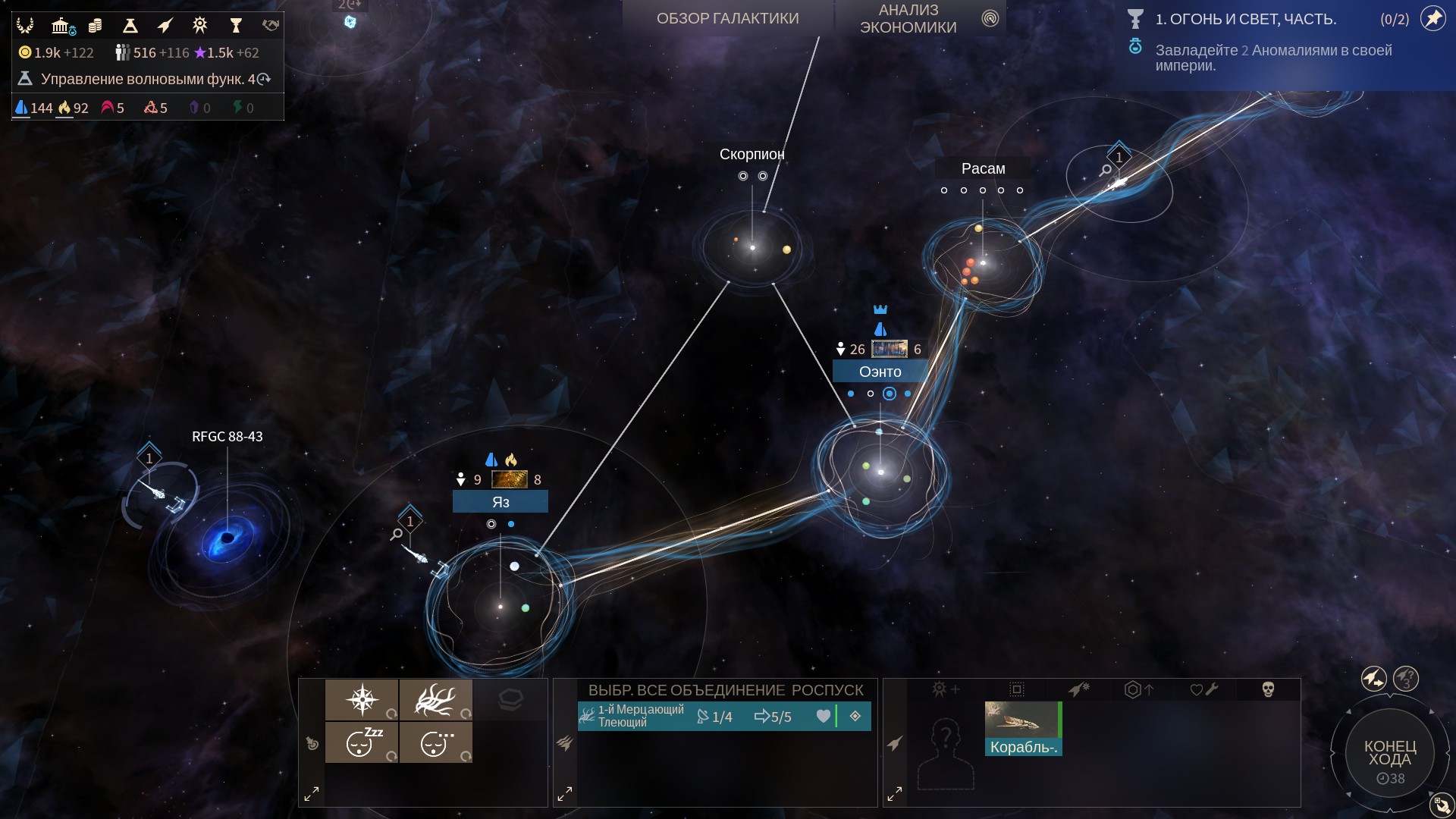
First of all, because the galactic, with its political and other trappings, is generally concise and therefore easy to understand. Deep down, you feel that the abyss of micro-management is lurking nearby, but it seems that the ships go off to do their simple tasks with just one click, and the daunting control screen of the system releases when you order any construction. And most importantly, the game is satisfied with you – you did everything right, and there is no more demand from you. Politics is there from the start, but it works in the background, cunning ships are not yet unlocked, and all these unclear left resources are simply dumped into the piggy bank.
No one has come closer to the blue dream of “Civilization” in space yet.
After about a hundred turns, you start to be amazed at how accurately Endless Space 2 plays out the Civilization program. Solar systems are essentially the same as cities, planets are districts and cultivated cells in one, space discoveries are made by roughly the same scouts with roughly the same results, and the whole politics-economy is the familiar scattering of citizens across cells and the hunt for rare resources.
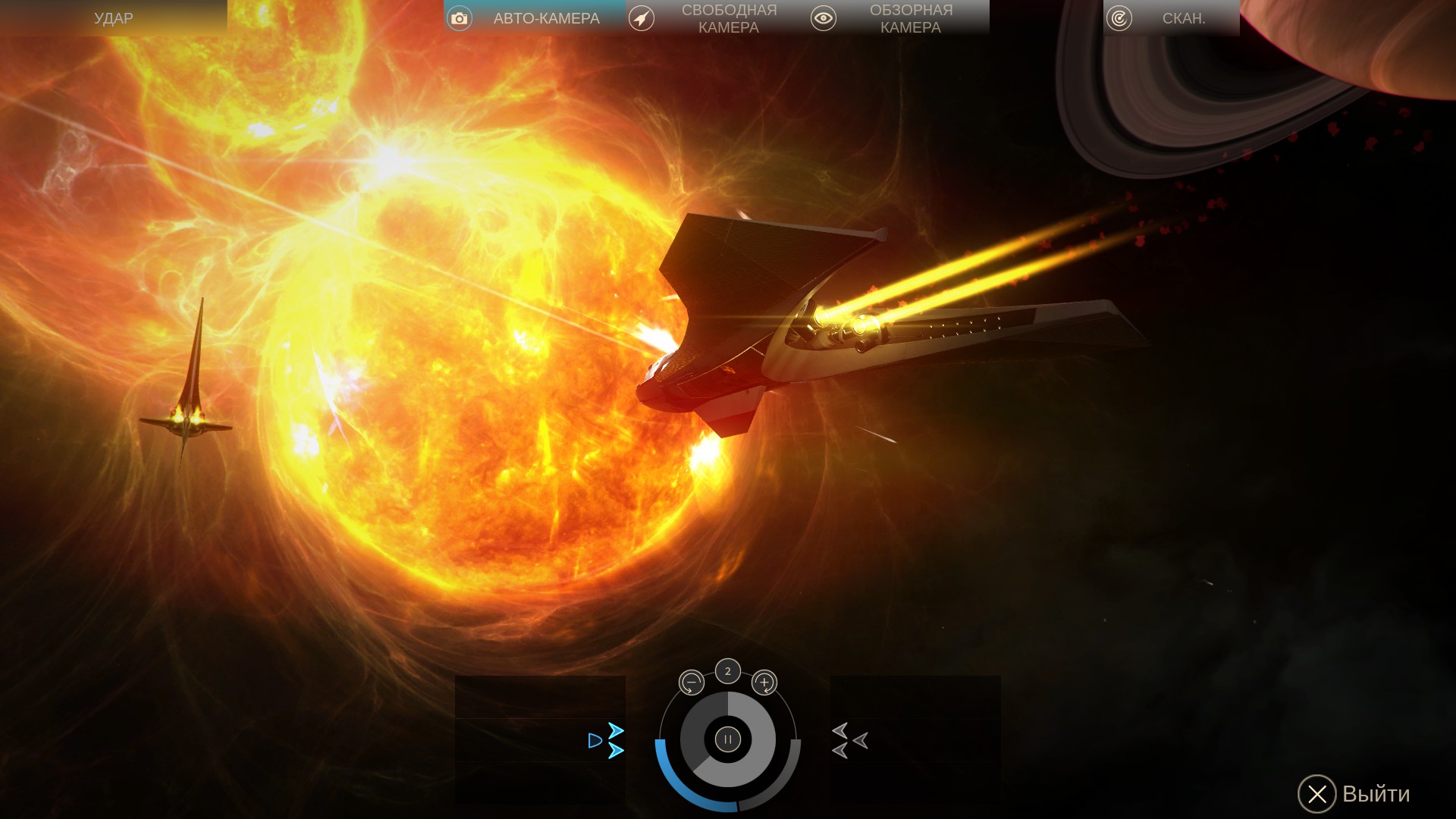
The deep mechanics, meanwhile, work in the background and wait for their time. The keyword here is “work”. Despite decades of development, our favorite global strategies like to pull off another trick: at the very start of the game, an invisible weight is hung on the player, dragging their civilization to the bottom. Until you uncover the hidden secret in the interface, every move will bring pain and humiliation.
But you should do it like in Endless Space 2, where you can not understand anything at all, and your galactic empire will still continue to develop happily. Expert knowledge of local mechanics, on the other hand, simply allows you to squeeze much more benefit from their moves and resources.
And ES2 also likes to show pleasing pictures and screensavers. Various animations and videos after 15 minutes of gameplay, of course, become boring and start to annoy, but the wise developers have given us the option to disable almost all the rubbish.
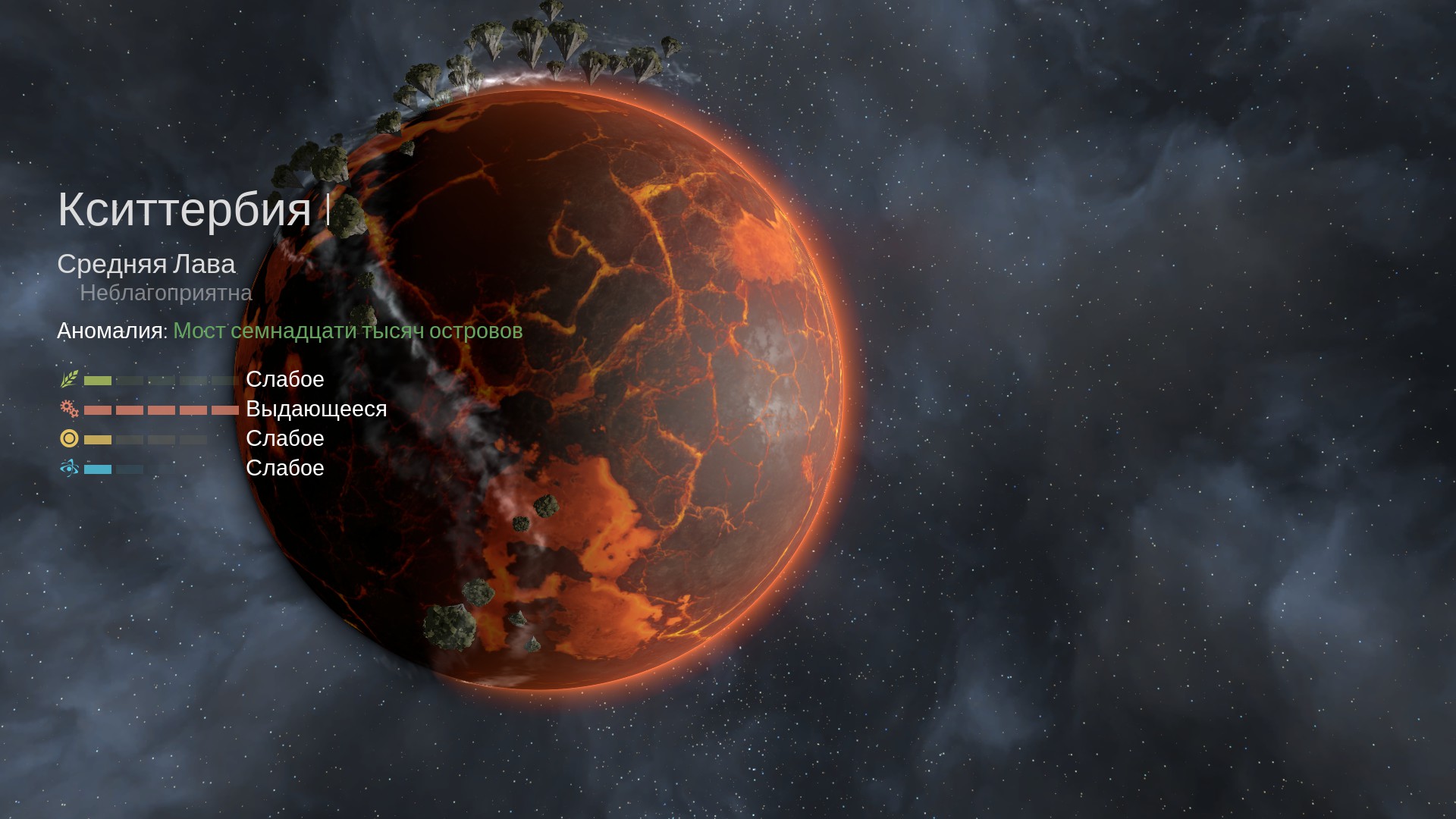
I counted about one and a half purely mechanical flaws in the game. The first one settled in the ship upgrade menu. It rotates in a strange way. First, you insert all the cool modules into the ship project, then the shipyard still gives you a standard blank, and then you manually upgrade it with a separate button. I must say, the algorithm is not obvious. Until you fully understand the menu, changing generations of guns on the ships is quite annoying.
In hindsight, of course, you understand that the game simply doesn’t want to clutter the screen with a queue of ten thousand variations of the same ships (and it’s right), but at first, you will still forget about manual upgrades, build a fleet of blanks for 20 turns, and send it to be defeated by upgraded opponents. There won’t be much pleasure in that.
Well, and the other half of the flaw is the “Back” menu button, for some reason, almost always hanging in the center of the upper border of the screen.
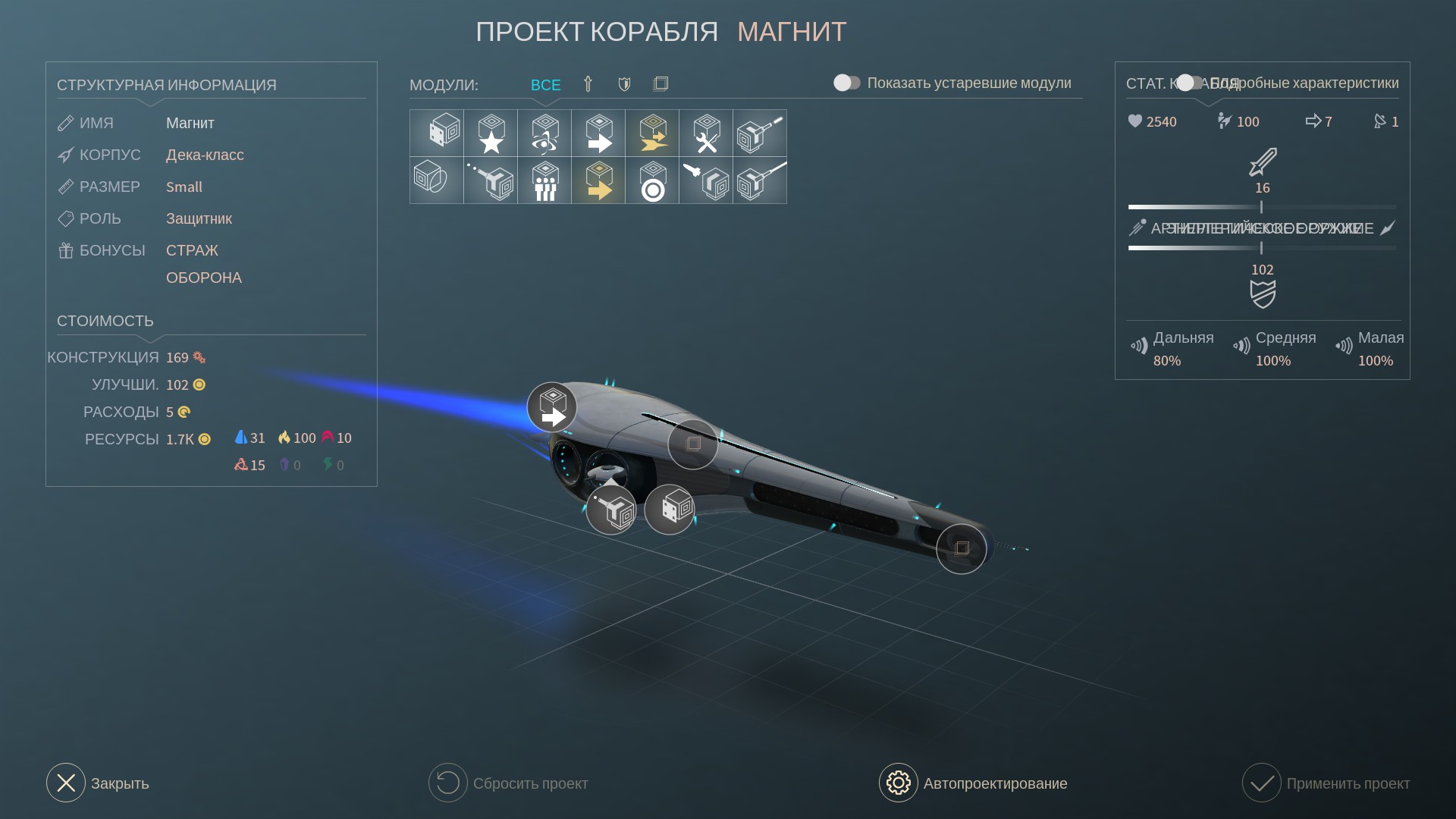
The great joy of the ES2 interface, to the delight of all fans of global strategies, is only half of the overall celebration. The second half is the local factions. They are really different.
To talk about how the race of green humanoids stylistically differs from the civilization of cyborgs is more or less useless. Throughout the history of science fiction, so much variety has been settled in space that it is enough to point in different corners of the fantastic galaxy ten times, and a set of colorful conquerors of the universe is ready. It is worth noting that the artists have also done their best here, and the game consistently pleases the eye with pleasant sketches.
I am talking about mechanics again. Mechanics is the king and god of all strategies, where else can you go.

So, our green-blue-yellow and other little humans are really different. Different beyond the pulling of numbers in the holy triangle of “science-war-expansion” (although not without it). Archetypes like “Peaceful nation focused on diplomacy” in ES2 also received various unique, excuse me, perks. These simply do not allow playing as humans and some kind of space robots equally on a fundamental level.
Some civilizations, however, skillfully disguise themselves as ordinary dummies. If you take the locals… who play tricks with the DNA of people named Horatio, at first you don’t notice anything special. The history of this people remotely resembles a plot from “Schismatrix”. There were similar comrades in this book, called shapers, who molded themselves into beloved ideal beauties and handsome men.
Horatio went further. Fifty turns you guess what makes them different from “just humans”, besides improved reconnaissance ships, and then you notice some strange new button on the control panel. Suddenly it turns out that Horatio’s racist quests are not only and not so much because the scriptwriters have a poor imagination, but because Horatio does not live in proximity to other races, they merge their DNA with them. Earning racial bonuses along the way.
Sounds relatively simple. And indeed, compared to the cyborg people capable of warping the space-time continuum, it is simple. With the latter, you don’t figure it out in 50 or even 150 turns. Okay, on a planet you can speed up time and get 300% production, but then that planet will die… Or time can freeze, but then the planet will work with some clever modifier and penalty… Or you can activate some other cycle… It’s better to first understand the “simple” factions.
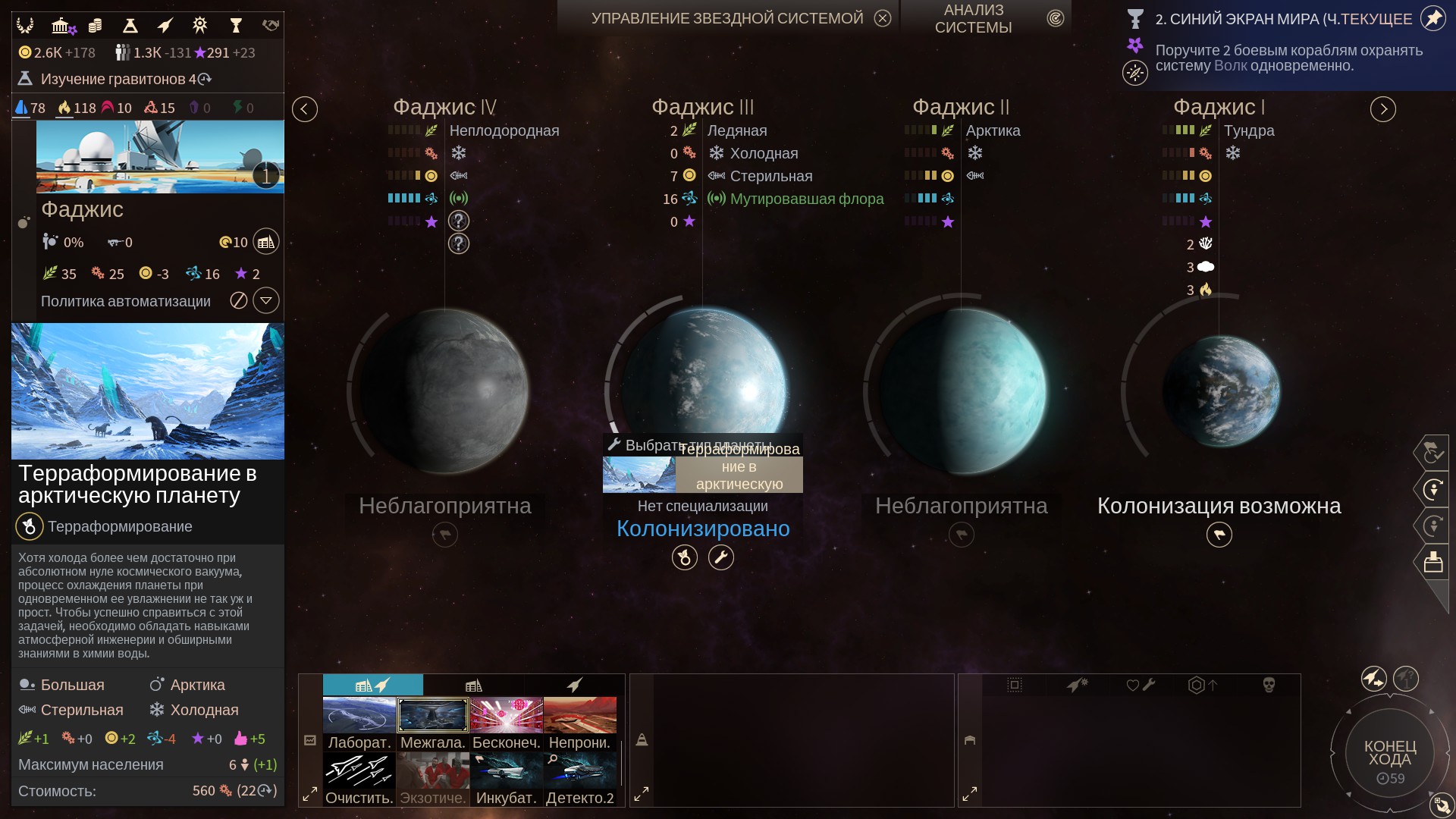
The closest analogy that comes to mind is – Total War: Warhammer With its greatly varied paths to victory for different factions. But even there, there wasn’t so much nonsense.
The variety of approaches in Endless Space 2 is an undeniable big plus, but from it arises the main drawback of the strategy. The further you delve into the intergalactic forest, the clearer it becomes that the game’s balance is not very good. Bringing a dozen unique factions to a common denominator is not easy, and the designers of ES2 didn’t quite manage to do it. At the same difficulty level and under the same starting conditions, playing as certain aliens is frankly easier. So much easier that the other civilizations start to be perceived not so much as hardcore guys for real strategists, but as weak losers with weights on their tentacles.
But by the time the unequal struggle starts to annoy, ES2 more than makes up for the money invested in the key. Because it’s enjoyable to do everything in the game – planet development, galaxy exploration, fleet construction, even internal politics, and everything else. The classic test of a situation when it’s some early morning and you want to make just one more move, the game confidently passes in the very first session at the keyboard. And what’s equally important, it keeps the lover of turn-based strategies hooked for a long time.
Share
Discuss
More Reviews





